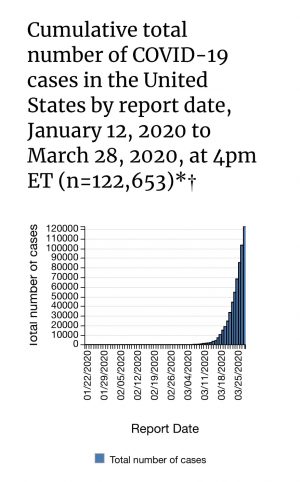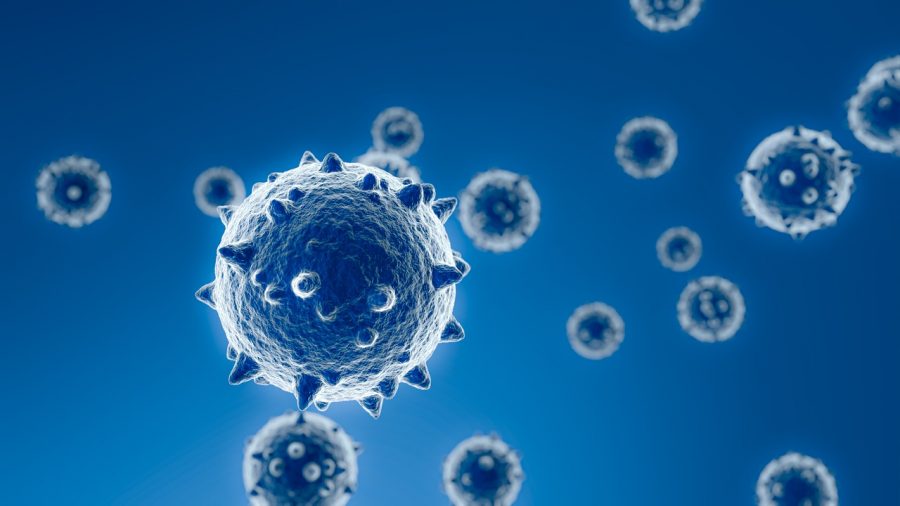Are we flattening the curve? It is hard to know.
March 30, 2020
On March 21, 2020, New Jersey Governor Murphy issued a statewide stay-at-home order along with the closure of all non-essential retail businesses. In an interview with MSNBC, Murphy highlighted that these efforts are geared towards one goal: “We’ve got to flatten this curve at all costs.”
The “curve” that Governor Murphy was referring to charts the number of COVID-19 cases in the United States against the number of days that have passed since the 100th positive case. As of March 27, 2020, although the United States has the 3rd highest number of COVID-19 cases in the world, according to an interactive chart released by the Associated Press, the number of coronavirus ca
ses in the United States is increasing at the highest rate of any country. As a result of ramped up testing (442,660 tests in the last week), this was to be expected—but is the rate of testing enough?
To date, only two countries have successfully been able to “flatten the curve”—South Korea and China. China has been relatively secretive in regards to how the country has been controlling the spread of the coronavirus, but South Korea has been much more transparent, stating that it has been able to test 394,141 people since January 3. Although the United States has administered 626,667 tests, almost doubling the amount of tests South Korea has administered, the United States still falls behind South Korea in terms of rate of testing, a much more fitting metric of comparison. For example, the United States has administered approximately 1,896 tests per 1 million people, in comparison to South Korea, which has administered 7657 tests per million people. The United States’ testing rate is still over four times lower than that of South Korea, and if there is any chance for the United States to flatten the curve, it is clear that the United States needs to be doing more.

As if this weren’t enough, with over 60,000 pending COVID-19 tests, a number that has increased by 56,758 tests in the past week, the backlog of undiagnosed testing results continues to pile up day after day. In New Jersey, it can take over a week to learn whether or not you have been infected with coronavirus, which makes it extremely difficult to capture the scope of the problem without being a step behind.
Looking at how the novel coronavirus has progressed in other countries, it is inevitable that this “curve” will flatten at some point in the future. However, as long as the spread of COVID-19 remains insufficiently tracked, there is no way for people to fully understand the scope of the pandemic. We need to administer more tests, and we need to churn out results at a faster pace so that they are up-to-date with the United States’ current state. Until then, we cannot know how bad the current spread of coronavirus actually is.


